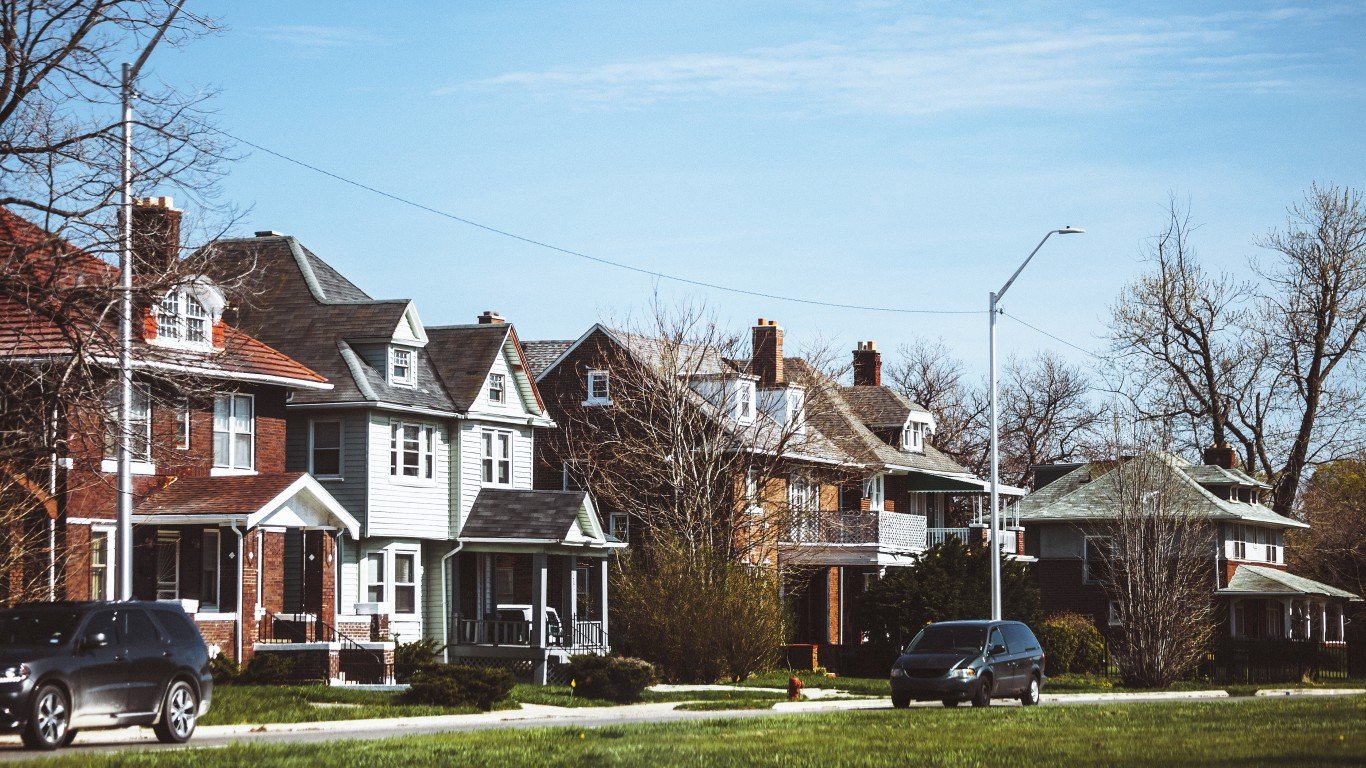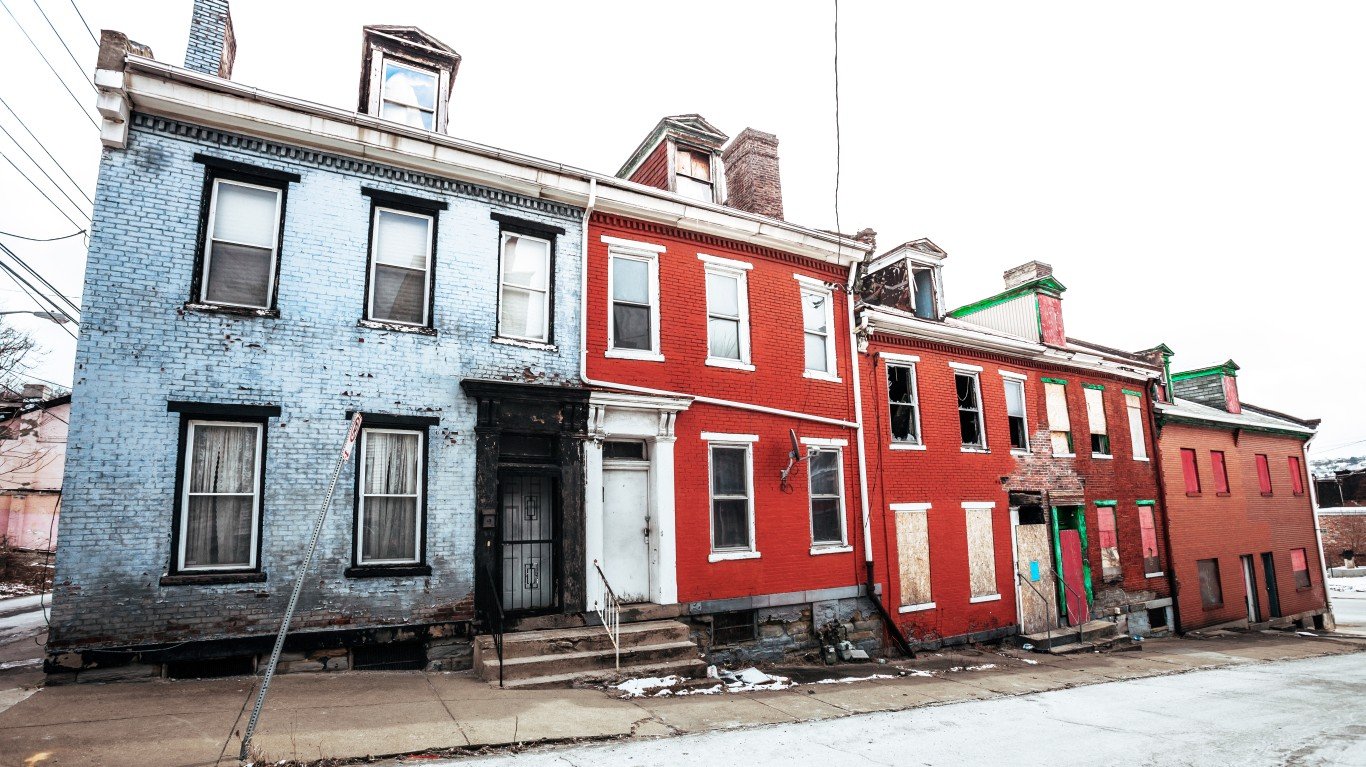
In all 20 U.S. cities included in the S&P/Case-Shiller home price index, July house prices increased year over year, and all 20 also posted month-over-month increases. Portland (up 12.4%), Seattle (up 11.2%) and Denver (up 9.4%) posted the largest year-over-year gains. Portland (up 1.2%) posted the largest month-over-month increase, while Chicago and Denver prices rose 0.9%.
July prices were up unchanged in New York and up 0.4% in Atlanta, Charlotte, Miami and Washington, D.C., the cities posting the smallest gains month over month.
The smallest year-over-year gains came in New York (up 1.7%), Washington, D.C., (up 2%) and Cleveland (up 2.5%).
The S&P/Case-Shiller home price index for July increased by 5% year over year for the 20-city composite index and by 4.2% for the 10-city composite index. The national index rose to 5.1% year over year, up from 5% in June.
The index tracks prices on a three-month rolling average. July represents the three-month average of May, June and July prices.
Before seasonal adjustment, the month-over-month national index, 10-city composite and 20-city composite posted gains of 0.7%, 0.5% and 0.6%, respectively. After seasonal adjustment, the month-over-month gains were 0.4% on the national index, 0.1% on the 10-city index and the 20-city index was unchanged.
Average home prices for July remain comparable to their levels in the winter of 2007.
The chairman of the S&P index committee, David M. Blitzer, said:
The S&P CoreLogic Case-Shiller National Index is within 0.6% of the record high set in July 2006. Seven of the 20 cities have already set new record highs. The 10-[city], 20-[city], and National indices have been rising at about 5% per year over the last 24 months. Eight of the cities are seeing prices up 6% or more in the last year. Given that the overall inflation is a bit below 2%, the pace is probably not sustainable over the long term. The run-up to the financial crisis was marked with both rising home prices and rapid growth in mortgage debt. Currently, outstanding mortgage debt on one-to-four family homes is 12.6% below the peak seen in the first quarter of 2008 and up less than 2% in the last four quarters. There is no reason to fear that another massive collapse is around the corner.
Blitzer also noted that most economists now expect the Federal Reserve to boost its policy interest rate in December, but that would still leave mortgage rates at “historically low levels” and not be a “major negative” for home prices.
Compared with their peak in the summer of 2006, home prices on both 10-city and 20-city indexes remain down about 9.4% to 7.6%. Since the low of March 2012, home prices are up 39.9% and 42.2% on the 10-city and 20-city indexes, respectively.
Sponsored: Want to Retire Early? Here’s a Great First Step
Want retirement to come a few years earlier than you’d planned? Or are you ready to retire now, but want an extra set of eyes on your finances?
Now you can speak with up to 3 financial experts in your area for FREE. By simply clicking here you can begin to match with financial professionals who can help you build your plan to retire early. And the best part? The first conversation with them is free.
Click here to match with up to 3 financial pros who would be excited to help you make financial decisions.
Thank you for reading! Have some feedback for us?
Contact the 24/7 Wall St. editorial team.



